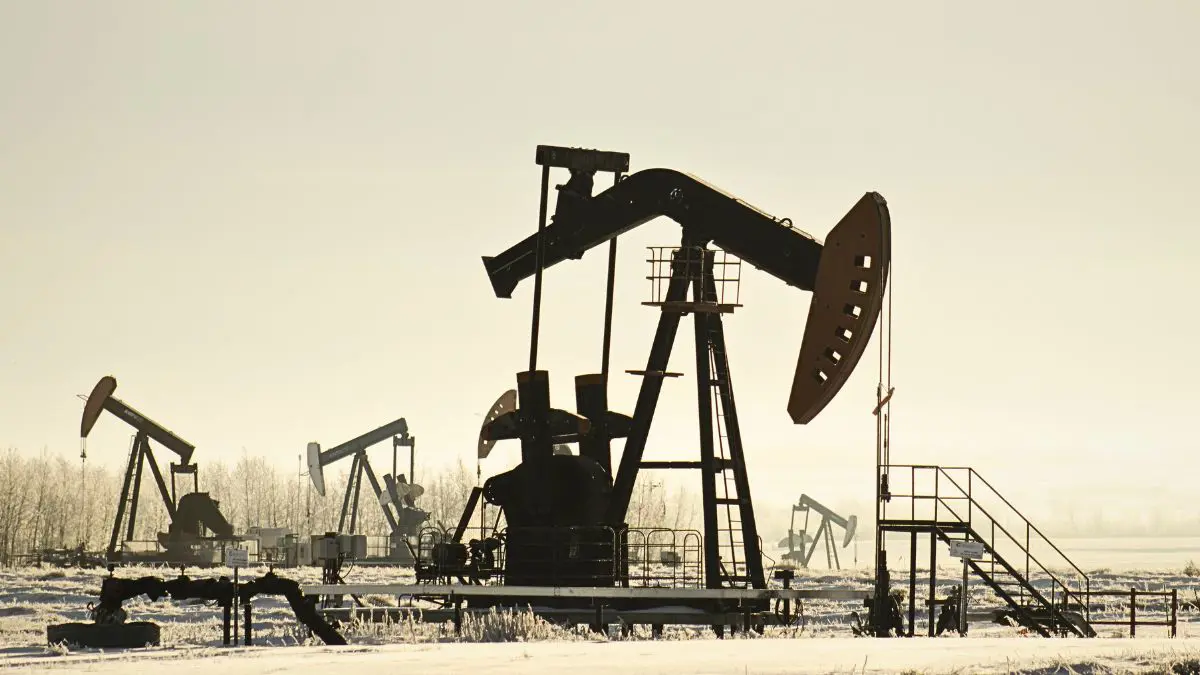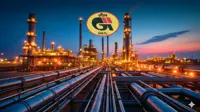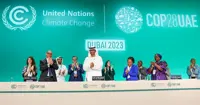Global oil demand to grow through 2029 despite China’s early peak, says IEA
By Axel Miller | 17 Jun 2025

Despite growing momentum for electric vehicles and shifting consumption patterns in major markets like China, global oil demand is expected to keep rising until the end of this decade, according to the latest forecast from the International Energy Agency (IEA). The agency expects demand to peak at 105.6 million barrels per day (bpd) in 2029—unchanged from previous forecasts.
While China, the world’s largest oil importer, is expected to see its consumption peak as early as 2027 due to rapid EV adoption and transport system modernization, the United States is heading in the opposite direction. Lower gasoline prices and slower-than-anticipated uptake of electric vehicles are keeping oil consumption buoyant in the world’s largest economy.
This divergence highlights a key shift in global energy dynamics. The IEA’s outlook, which often guides policy in developed economies, stands in contrast to the more bullish projections of OPEC, which has yet to predict a peak in global oil demand.
The IEA projects that by 2030, global production capacity will reach 114.7 million bpd, outpacing the forecast demand peak. This implies sufficient supply for the foreseeable future—assuming no major geopolitical disruptions. But as recent tensions in the Middle East have shown, oil markets remain vulnerable. A flare-up involving Israel and Iran recently sent crude prices up by 5%, underscoring how quickly market sentiment can shift.
"Based on the fundamentals, oil markets look set to be well-supplied in the years ahead," said IEA Executive Director Fatih Birol. "But recent events sharply highlight the significant geopolitical risks to oil supply security."
In a separate analysis tied to recent Middle East tensions, the agency reiterated that oil supplies should remain stable in 2025, with supply growth outpacing demand increases. This year alone, global demand is expected to rise by 720,000 bpd—slightly down from last month’s forecast—while supply is projected to grow by 1.8 million bpd, thanks in part to higher output from OPEC+ members.
China’s Peak, America’s Surge
China, which has driven global oil demand growth for decades, is undergoing a significant transformation. EV sales are surging, high-speed rail networks are expanding, and trucks powered by natural gas are replacing diesel counterparts. As a result, the IEA expects Chinese oil demand to level off by 2027. By 2030, China’s oil consumption will be only marginally higher than today—marking a dramatic slowdown in growth.
In contrast, U.S. oil demand is on the rise. The IEA has revised its 2030 forecast upward by 1.1 million bpd compared to last year. One reason: the agency has sharply lowered its EV sales estimate. Electric vehicles are now projected to make up just 20% of new car sales in the U.S. by 2030, down from the previous estimate of 55%.
The political climate may also be playing a role. Under President Donald Trump, the U.S. has pushed back against aggressive EV mandates. Recent policy moves include signing resolutions aimed at overturning state-level mandates, such as California’s planned phase-out of gasoline-powered vehicles.
Summary
The IEA projects global oil demand will peak in 2029 at 105.6 million bpd, driven by continued consumption in the U.S. and a slower-than-expected EV transition. China, however, is expected to hit peak oil use by 2027 as electric vehicles and alternative transport options take hold. Despite geopolitical risks, the oil market is expected to remain well-supplied through the decade, offering a complex outlook for global energy stakeholders.
FAQs: Global Oil Demand Outlook and IEA Projections
1. When is global oil demand expected to peak?
According to the International Energy Agency (IEA), global oil demand is projected to peak in 2029 at around 105.6 million barrels per day (bpd), before beginning a gradual decline by 2030.
2. Why is China’s oil demand expected to peak earlier than the global average?
China's oil demand is forecast to peak by 2027 due to rapid electric vehicle (EV) adoption, expansion of high-speed rail networks, and the use of natural gas-powered trucks, which are collectively reducing the need for traditional oil-based fuels.
3. What’s driving continued oil demand growth in the United States?
In the U.S., lower gasoline prices, a slower transition to EVs, and policy rollbacks on zero-emission mandates are keeping oil demand strong. EVs are now expected to account for only 20% of new car sales by 2030, a sharp revision from the previously projected 55%.
4. How does the IEA’s view differ from OPEC’s?
While the IEA forecasts that oil demand will peak by the end of this decade, OPEC has maintained a more optimistic outlook, suggesting that global oil consumption will continue growing beyond 2030 and has not forecast a peak.
5. What is the projected global oil production capacity by 2030?
The IEA estimates that global oil production capacity will rise to 114.7 million bpd by 2030, exceeding the expected demand peak, which could lead to oversupply in the absence of major geopolitical disruptions.
6. How have geopolitical tensions impacted oil market outlooks?
Events like the Israel-Iran conflict have added uncertainty to the global oil supply chain, temporarily pushing up prices. The IEA warns that such conflicts highlight vulnerabilities in oil supply security, despite otherwise healthy fundamentals.
7. How are oil supply and demand expected to change in 2025?
In 2025, global oil demand is projected to increase by 720,000 bpd, while supply is expected to rise by 1.8 million bpd, suggesting the market will remain well-supplied, barring any major disruptions.
8. What are the implications of these trends for energy investors and businesses?
The shifting demand patterns—peaking in China but rising in the U.S.—signal a fragmented energy transition. Businesses involved in oil production, refining, and logistics must plan for regional disparities, while clean energy players should monitor policy shifts and EV adoption rates closely.
9. What role do government policies play in shaping oil demand forecasts?
Government regulations on fuel efficiency, EV incentives, and carbon emissions can significantly alter national oil consumption trends. For instance, U.S. political actions under President Trump have delayed the EV transition, impacting long-term oil demand forecasts.
10. Is the oil market likely to face a supply glut in the near future?
\With production capacity projected to outpace demand post-2029, the oil market could see an oversupply scenario, particularly if demand peaks as forecast. However, geopolitical risks and unplanned supply disruptions remain potential balancing factors.






















